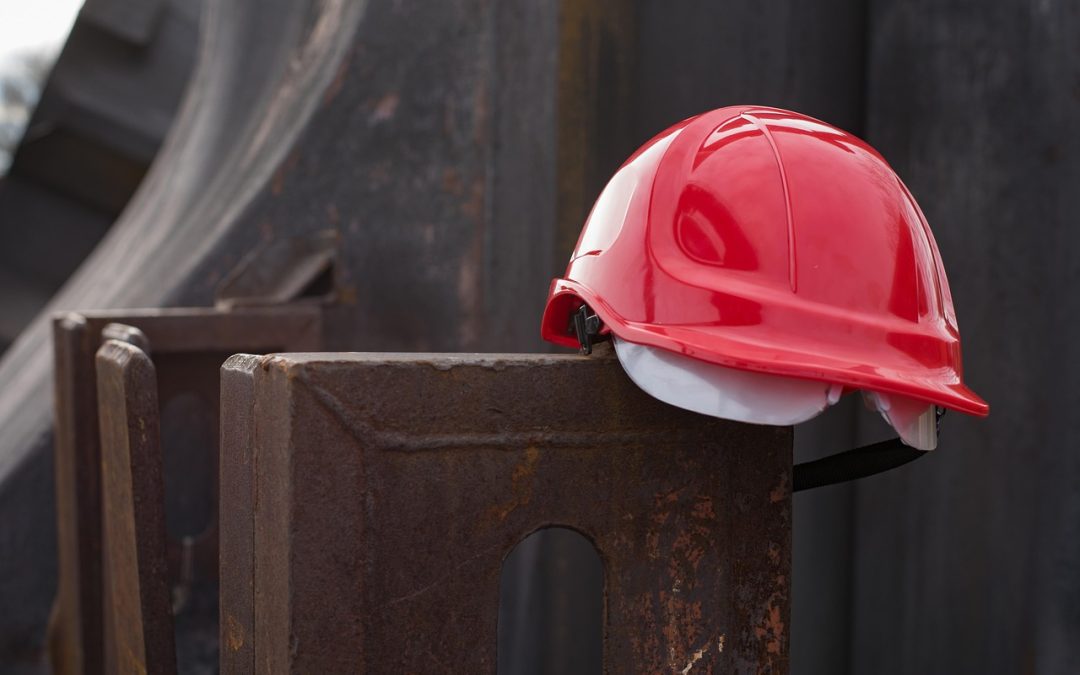By Ntombi Mazibuko, Head of SHERQ: SPM
Every day brings a chance to build strength before disruption strikes. Preparation is the soil from which resilience grows. At SPM, we don’t wait for crises. Resilience fuels everything we do, from keeping people safe to ensuring operations flow seamlessly.
Resilient infrastructure starts with asking the right questions. What happens if this system fails? Can people still work safely? Does this process compromise quality? These are not hypothetical exercises; they are the foundation of responsible operations. When we visit sites in person, we are not simply ticking off an audit list. We are walking the grounds, feeling the reality of the environment and noticing the details that reports cannot capture. That perspective allows us to make decisions that are both technically sound and human-centred.
Globally, best practice in resilience has converged around a few key principles. The first is embedding resilience from the start. Leading organisations do not design infrastructure to meet only today’s needs; they anticipate tomorrow’s pressures. This means building robustness into materials, adding redundancy to systems, and planning for rapid recovery. Whether in transport, utilities, or industrial operations, these traits separate systems that merely survive from those that continue to perform under strain.
The second principle is governance that prioritises prevention over reaction. Around the world, the most successful resilience programs are backed by strong decision-making frameworks and disciplined maintenance schedules. Regular inspections, predictive modelling, and lifecycle planning extend the useful life of assets and prevent costly breakdowns. The return on these measures is often many times greater than the investment, not only in financial terms but in lives protected and operations preserved.
Third, the best examples show that resilience is cultural as much as it is technical. In organisations from Northern Europe to Southeast Asia, leaders actively encourage reporting of potential risks. Concerns are addressed without blame, fostering trust and ensuring early intervention. Teams are trained not just in compliance but in situational awareness and problem-solving under pressure. This creates a workforce that is not only skilled but confident in managing the unexpected.
Finally, there is an increasing emphasis on multi-functional, adaptive design. Best-in-class infrastructure often serves more than one purpose, enabling flexibility in times of disruption. For example, a facility designed to manage water flow may also act as a transport route in emergencies. This adaptability ensures assets remain valuable even when their original purpose is temporarily interrupted.
At SPM, we integrate these lessons into our SHERQ approach. We invest in prevention because every avoided failure is a win for safety, sustainability, and operational continuity. We maintain close contact with the field because data without context can mislead. We cultivate a culture where every voice can raise a concern and every concern receives attention. And we harness technology as a partner, not a crutch, in decision-making.
Resilience is not built in a day, and it is never truly finished. It is a living process, strengthened through consistent action, tested by challenges, and proven in outcomes. Our goal at SPM is to ensure that when risks arise, our systems bend but do not break, our people stay safe, and our commitments are kept. That is the real measure of infrastructure continuity, and it is how we turn risk into resilience, day after day.
